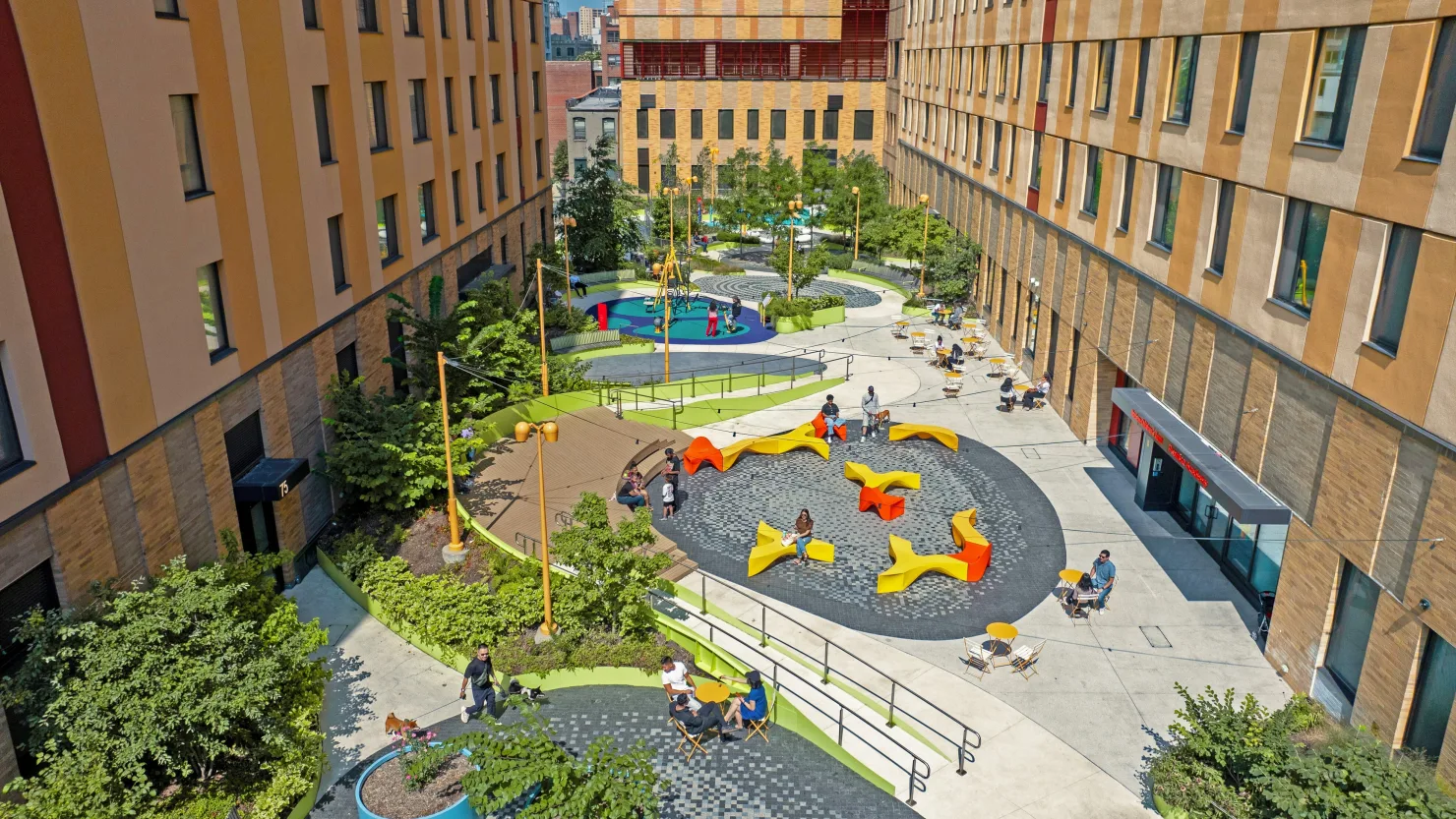The U.S. continues to face a worsening affordable housing crisis, with both rental and for-sale markets suffering from a severe supply shortage. Developers cite escalating costs for land, labor, and materials, as well as strict zoning laws, as major obstacles to building low-income housing. Adding to these challenges is the rise of NIMBYism—resistance from homeowners who oppose affordable housing in their neighborhoods due to concerns over declining property values.
Despite these hurdles, recent legislative changes have offered developers some relief. A new tax and spending bill expands the Low-Income Housing Tax Credit (LIHTC), increasing state allocations by 12% and easing financing requirements. Developers often rely on selling these credits to investors to fund construction. Although this measure won’t eliminate the estimated national shortage of 10 million affordable units, it is expected to make a meaningful impact.
Jonathan Rose, CEO of the Jonathan Rose Companies, acknowledged the difficulties in the current real estate climate but remains optimistic. His firm recently secured a $660 million impact fund aimed at preserving and developing affordable and mixed-income housing in high-demand urban markets. Rose noted growing investor interest from family offices and foundations in such housing-related projects, viewing them as both financially viable and socially responsible.
Housing advocates welcomed the bill, highlighting its potential to produce or preserve over one million affordable rental homes by 2035. The expanded LIHTC, along with improvements to related tax benefits, has been described as the most effective federal tool for incentivizing low-income housing development.
However, proposed federal budget cuts could undermine this progress. The Trump administration has floated a $27 billion reduction in rental assistance programs, prompting some lenders to hesitate. While Congress has historically shown bipartisan support for affordable housing, such a significant cut could still have chilling effects across the industry.
A separate legislative package, recently advanced by the Senate Banking Committee, seeks to boost housing affordability by addressing regulatory hurdles and supporting infrastructure in communities building more homes. But this effort primarily focuses on for-sale properties, leaving the low-income rental segment still vulnerable.
Persistent opposition from local residents also remains a significant barrier. Rose stressed that outdated, poorly built affordable housing from past decades fuels stigma. He advocates for high-quality, sustainable, and aesthetically appealing designs to help shift public perception and build lasting community support.
READ MORE:
